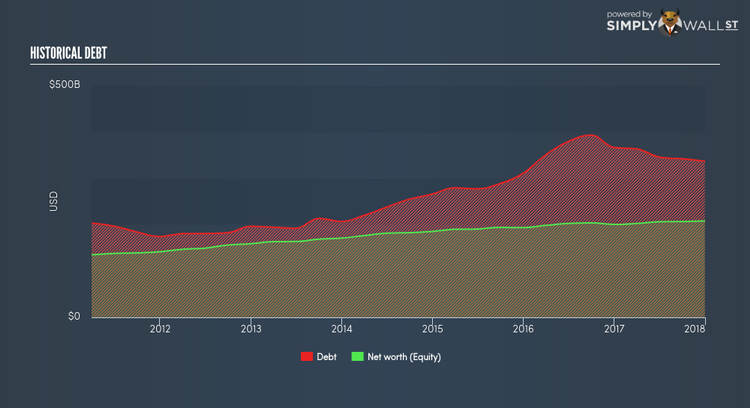Should You Be Concerned About Wells Fargo & Company’s (NYSE:WFC.PRT) Liquidity?

As a large-cap stock with market capitalization of USD $305.97B, Wells Fargo & Company (NYSE:WFC.PRT) is classified as a major bank. As these large financial institutions revert back to health after the Global Financial Crisis, we are seeing an increase in market confidence, and understanding of, these “too-big-to-fail” banking stocks. Following the crisis, a set of reforms termed Basel III was enforced to bolster risk management, regulation, and supervision in the financial services industry. Basel III target banking regulations to improve the sector’s ability to absorb shocks resulting from economic stress which may expose financial institutions like banks to vulnerabilities. WFC.PRT operates predominantly in USD and is held to stringent regulation around the type and level of risk it can take on, exposing it to higher scrutiny on its risk-taking behaviour. Investors are viewing WFC.PRT with a more cautious lens and analysing these stocks using bank-specific metrics such as liquidity and leverage. Today we’re going to take a look at these metrics to gain more confidence investing in the stock. See our latest analysis for Wells Fargo
Why Does WFC.PRT’s Leverage Matter?
Banks with low leverage are exposed to lower risks around their ability to repay debt. A bank’s leverage can be thought of as the amount of assets it holds compared to its own shareholders’ funds. Though banks are required to have a certain level of buffer to meet its capital requirements, Wells Fargo’s leverage level of less than the suitable maximum level of 20x, at 9x, is considered to be very cautious and prudent. This means the bank has a sensibly high level of equity compared to the level of debt it has taken on to maintain operations which places it in a strong position to pay back its debt in unforeseen circumstances. Should the bank need to increase its debt levels to meet capital requirements, it will have abundant headroom to do so.
What Is WFC.PRT’s Level of Liquidity?

Does WFC.PRT Have Liquidity Mismatch?
CBA profits by lending out its customers’ deposits as loans and charge an interest on the principle. These loans may be fixed term and often cannot be readily realized, yet customer deposits on the liability side must be paid on-demand and in short notice. The discrepancy between loan assets and deposit liabilities threatens the bank’s financial position. If an adverse event occurs, it may not be well-placed to repay its depositors immediately. Since Wells Fargo’s loan to deposit ratio of 70.79% is within the sensible margin, below than the appropriate maximum of 90%, this level positions the bank cautiously in terms of liquidity as it has not disproportionately lent out its deposits and has retained an apt level of deposits.
Conclusion
Wells Fargo passes all of our liquidity and leverage checks which shows it is prudent in managing those factors. This gives us confidence in the operational side of the business, an important aspect to consider before investing in the stock. The bank’s favourable liquidity and leverage position exposes it to less risk when it comes to repaying financial obligations, in particular, in the case of an adverse macro event.
Now that you know to keep in mind these liquidity factors when putting together your investment thesis, I recommend you check out our latest free analysis report on Wells Fargo to see its growth prospects and whether it could be considered an undervalued opportunity.
PS. Interested in Wells Fargo’s competitors instead? Take a look at our free platform for a deep dive into other bank stocks.
To help readers see pass the short term volatility of the financial market, we aim to bring you a long-term focused research analysis purely driven by fundamental data. Note that our analysis does not factor in the latest price sensitive company announcements.
The author is an independent contributor and at the time of publication had no position in the stocks mentioned.


